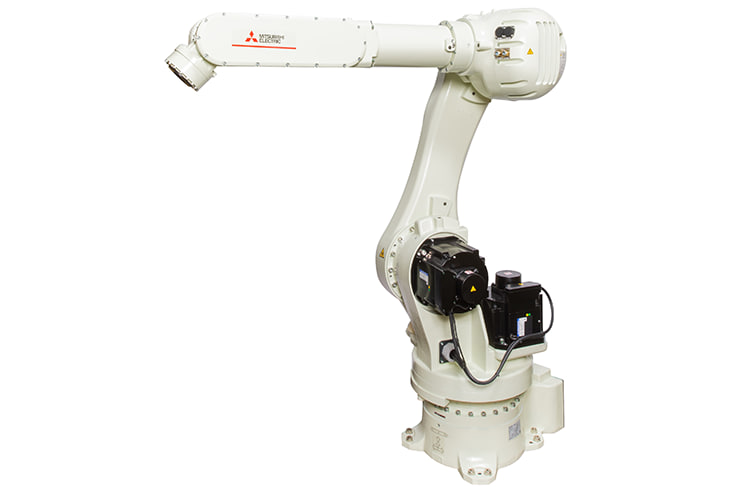Harvard’s RoboBee just got a game-changing upgrade—its new crane fly-inspired legs deliver soft, controlled landings that unlock huge potential for search and rescue, pollination, and more.
Introduction At the forefront of micro air vehicle innovation, Harvard’s RoboBee is capturing imaginations worldwide. Originally inspired by the intricate flight mechanics of bees, this remarkable robot is now taking cues from another tiny insect—the crane fly—to solve one of its biggest challenges: landing. In its latest iteration, the RoboBee has been outfitted with long, jointed legs modeled on the crane fly’s graceful appendages, enabling it to achieve controlled, soft landings even on uneven or turbulent surfaces. This breakthrough not only enhances the RoboBee’s performance but also opens a world of possibilities for future robotics applications, from search and rescue to precision pollination.
The RoboBee: An Overview The RoboBee is one of the world’s most advanced insect-inspired micro air vehicles (MAVs). With a wingspan of less than 3 cm (1.2 in) and weighing only a tenth of a gram, its flight is powered by a pair of artificial muscle-equipped wings. Although early prototypes rely on a tethered power source and microprocessor, future versions are poised to be fully autonomous—even solar-powered. Despite its impressive agility in the air and remarkable feats such as perching on overhangs or even flying underwater, the RoboBee had struggled with one critical aspect: executing smooth, reliable landings.
The Landing Challenge One of the major hurdles encountered by early RoboBee models was the difficulty in landing safely. As the robot descended, vortices generated by its rapid wing flapping would create unpredictable turbulence near the ground. This “ground effect†often destabilized the vehicle, leading to clumsy or even failed landings—a serious limitation when operating in complex environments where precision is paramount. In settings such as disaster zones or agricultural fields, an errant landing could mean the difference between success and mission failure.
A Bio-Inspired Solution: Crane-Fly-Inspired Legs Engineers at the Harvard John A. Paulson School of Engineering and Applied Sciences tackled this problem by drawing inspiration from the crane fly. Known in nature for its exceptional ability to execute soft and controlled landings, the crane fly provided a blueprint for improvement. The research team, led by engineering graduate student Christian Chan and postdoctoral researcher Alyssa Hernandez, redesigned the RoboBee with four long, flexible, crane-fly-inspired legs. These legs are engineered to extend beneath the robot so that they all make contact with the landing surface before the main body is affected by turbulent air currents.
Additionally, a new control algorithm was implemented to guide the RoboBee’s descent. Instead of “dropping†from a height and risking a collision with the ground, the algorithm ensures a smooth, gradual approach. This dual approach of mechanical reconfiguration and advanced control not only stabilizes the landing process but also minimizes energy loss—vital for a robot of its diminutive size.
How It Works During a landing maneuver, the RoboBee’s onboard sensors and control systems detect proximity to the ground. The newly integrated legs, inspired by the crane fly’s natural biomechanics, deploy in a staggered sequence. Their length and flexibility allow for early ground contact, preemptively counteracting any destabilizing vortex effects. As the control algorithm fine-tunes the descent speed and angle, the RoboBee achieves an almost graceful touchdown, preserving its structural integrity and operational readiness for subsequent tasks.
Potential Applications and Future Prospects The enhanced landing capabilities of the RoboBee open up innovative roles in various fields:
Disaster Response & Search and Rescue: Tiny but resilient, improved RoboBees could navigate through rubble and confined spaces to locate survivors after natural disasters, where traditional systems might fail.
Agricultural Pollination: With challenges such as declining bee populations, these micro air vehicles could be deployed to assist in crop pollination, ensuring food security and ecosystem balance.
Environmental Monitoring: Their ability to land safely makes them ideal candidates for monitoring remote or hazardous environments without risking damage to sensitive ecosystems.
By overcoming the landing hurdle, the RoboBee becomes a more viable candidate for real-world deployment. This advances the vision where industries and research institutions can one day hire a robot that not only flies but also lands securely to carry out critical tasks. The advancement translates into a growing array of robots jobs and paves the way for the perfect job for robot scenarios—where reliable performance is not just desirable, but essential.
A Glimpse into the Future of Robotic Work The evolving capabilities of the RoboBee illustrate the dynamic potential of bio-inspired robotics. As technology continues to mimic and improve upon nature’s designs, the roles of micro and macro robots in our society are set to expand dramatically. Whether integrated into complex logistics networks or advanced environmental monitoring systems, robots like the enhanced RoboBee signal a future where the blend of biological inspiration and cutting-edge engineering creates new paradigms for work. Companies around the globe are beginning to explore opportunities to hire a robot as a steadfast robot worker, revolutionizing traditional approaches and creating fresh career paths within the field of robots jobs.
At JOBTOROB, we are committed to tracking and promoting these groundbreaking developments. Our platform bridges the gap between innovative robotics research and practical industrial applications. As these technologies mature, they will not only redefine what it means to work alongside robots but also highlight new jobs for robot in diverse sectors, from healthcare and agriculture to emergency services and beyond.
Conclusion The latest advancements in the RoboBee’s landing mechanism underscore the transformative potential of bio-inspired design in robotics. By adopting crane-fly-inspired legs and an intelligent landing algorithm, the RoboBee is now better equipped to meet real-world challenges. This achievement exemplifies how bridging the gap between nature’s ingenuity and human engineering can yield incredible results. As we look forward to a future where you can seamlessly hire a robot for complex, multifaceted tasks, the expansion of robot worker roles and robots jobs opens up a wealth of possibilities for industries across the board.
Stay connected with JOBTOROB for more updates on the latest breakthroughs in robotics, and join us as we explore a future where smart automation transforms every aspect of work and life.


















